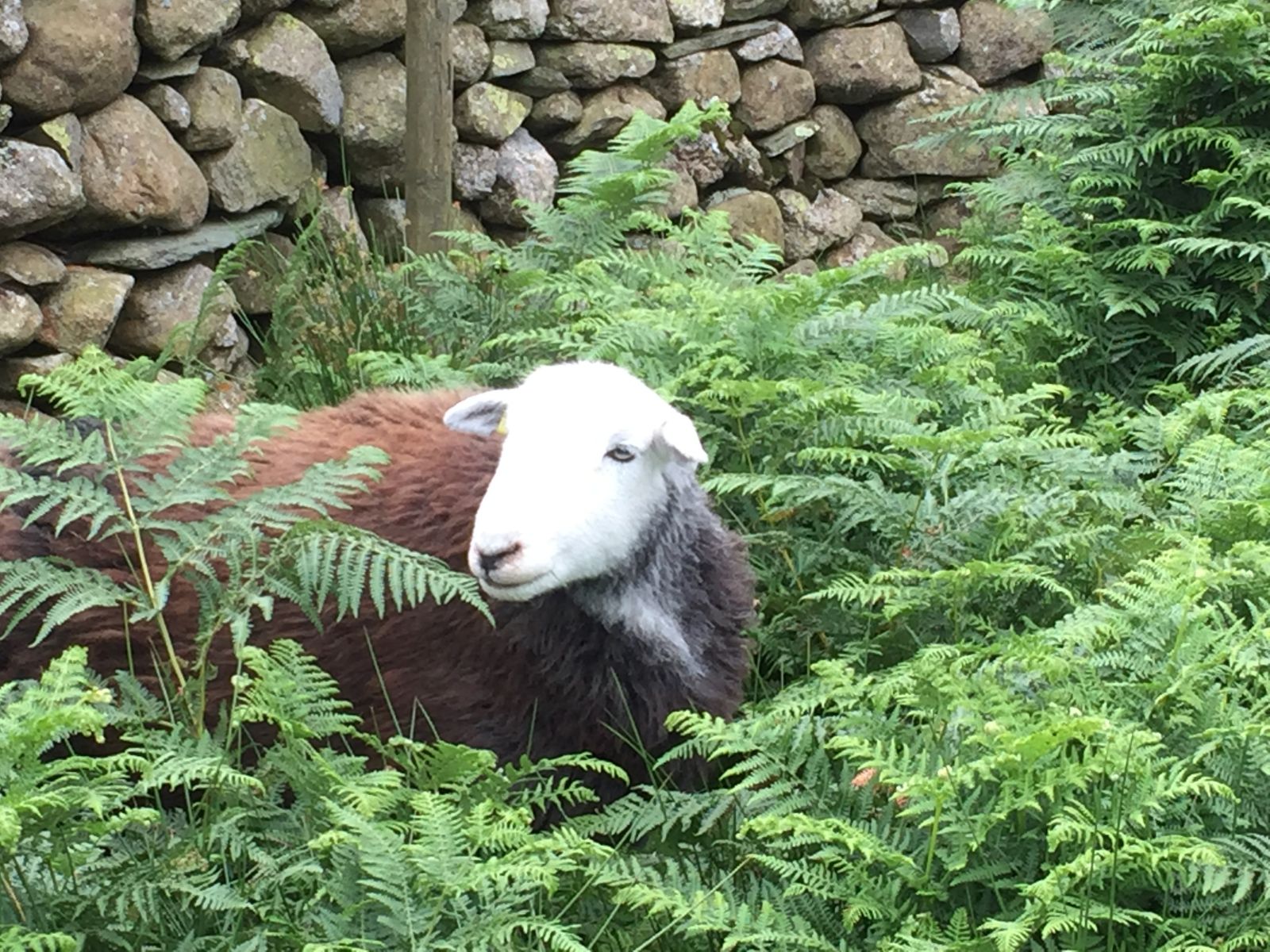Frequently asked Questions about using steel RSJ or I-beams with railway sleepers
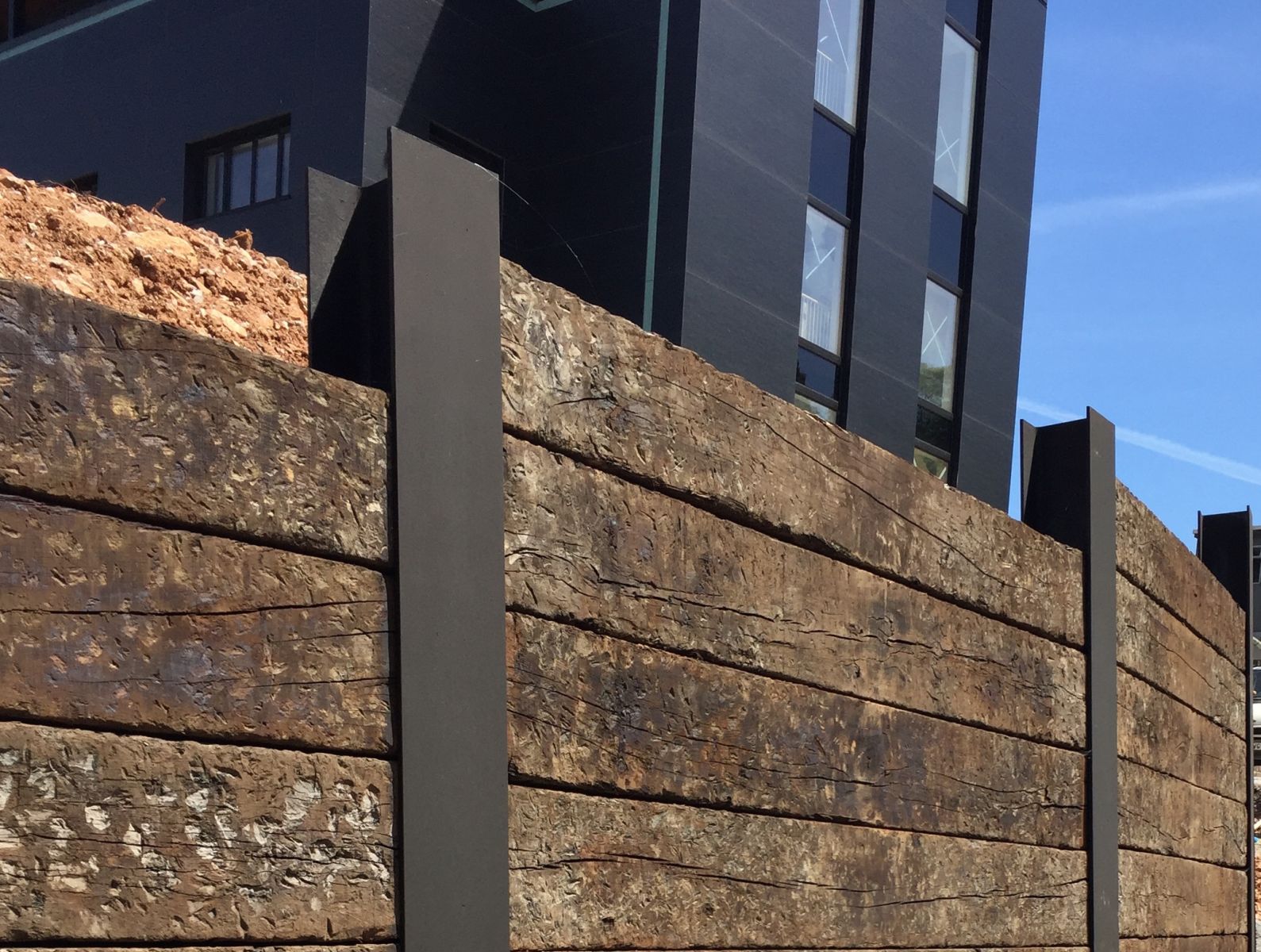
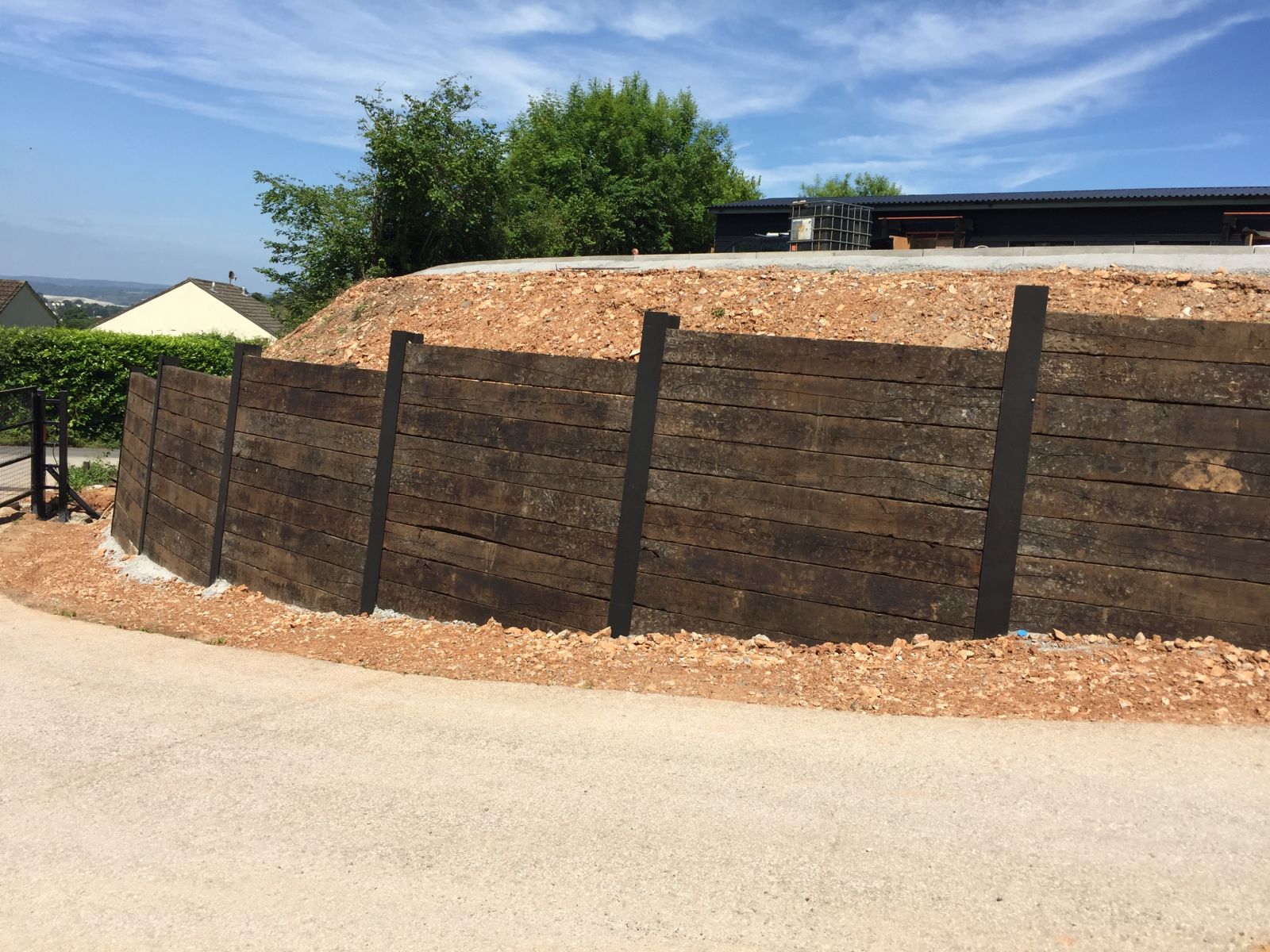
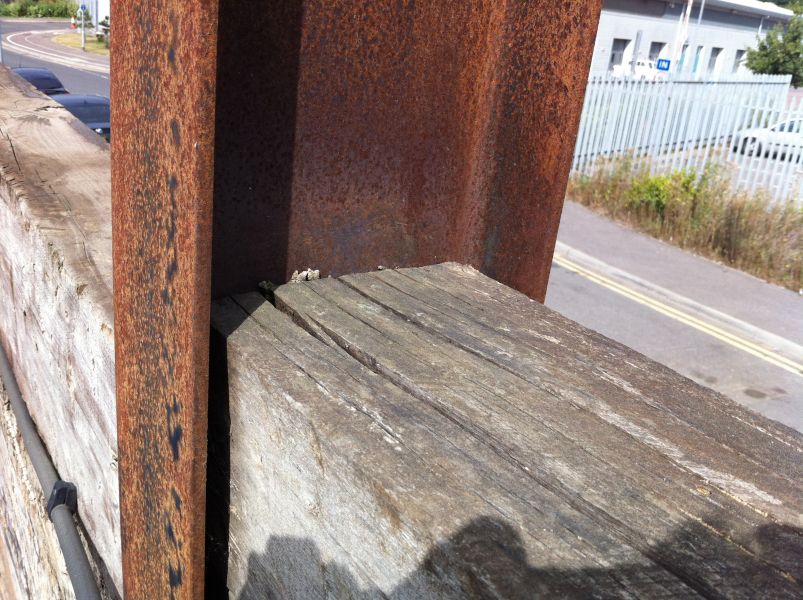
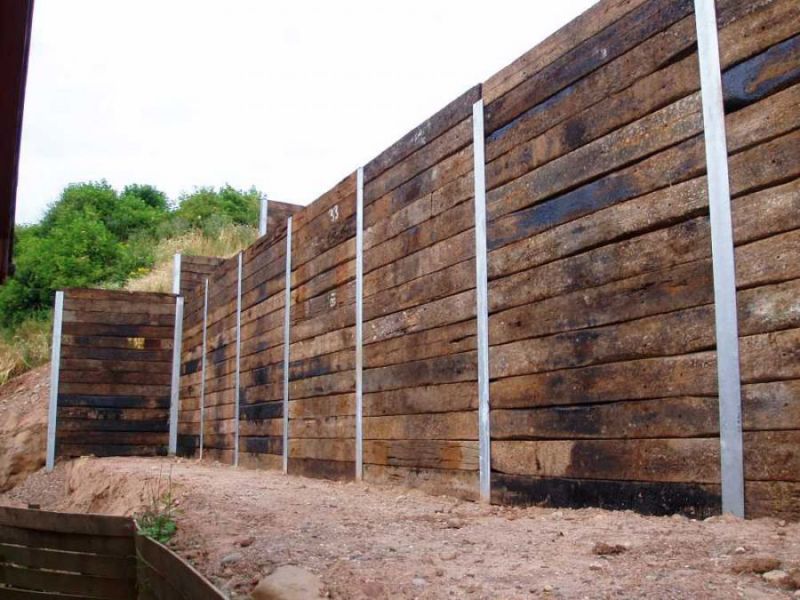
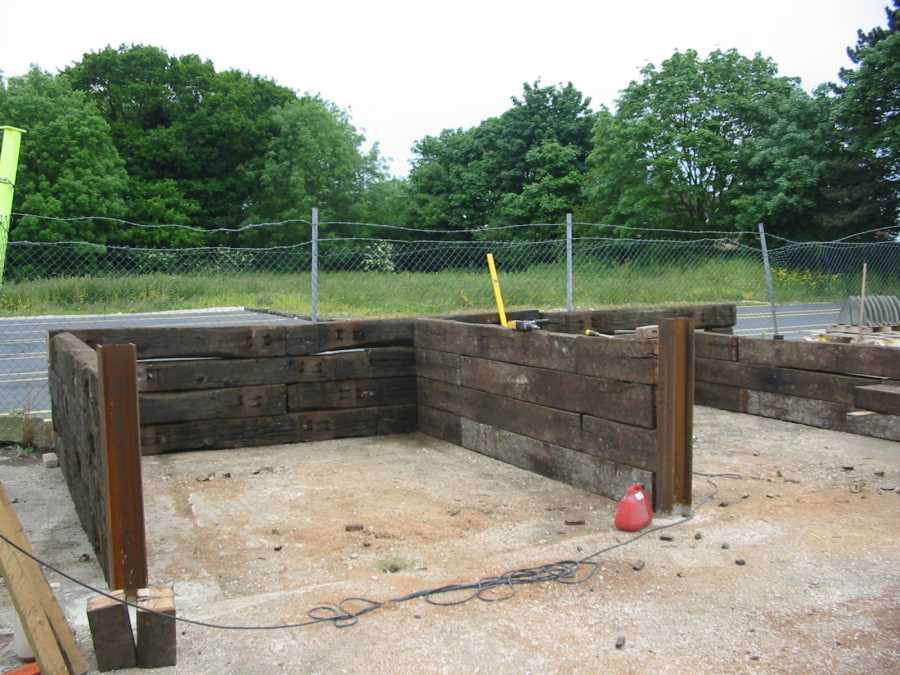
.jpg)
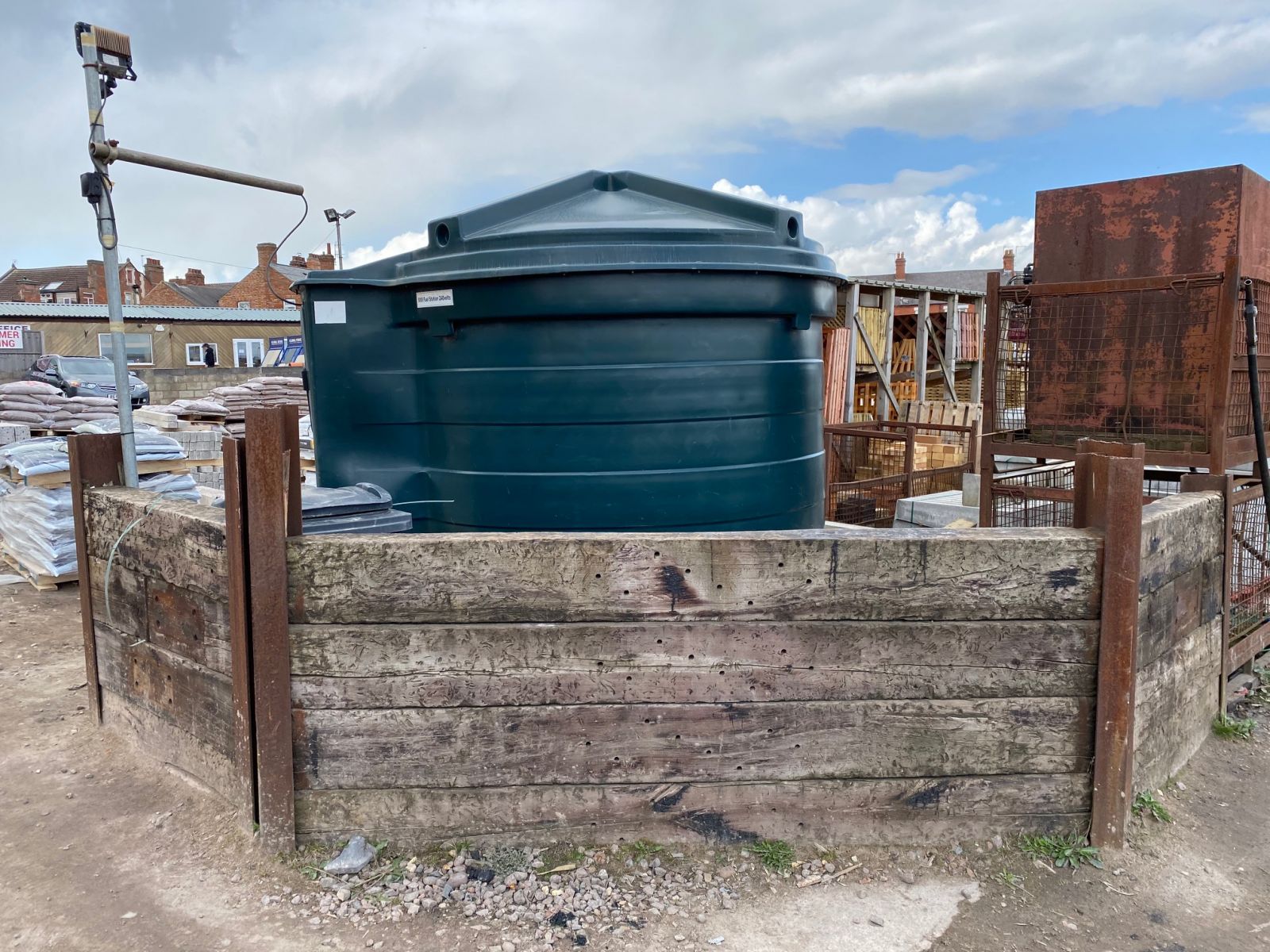
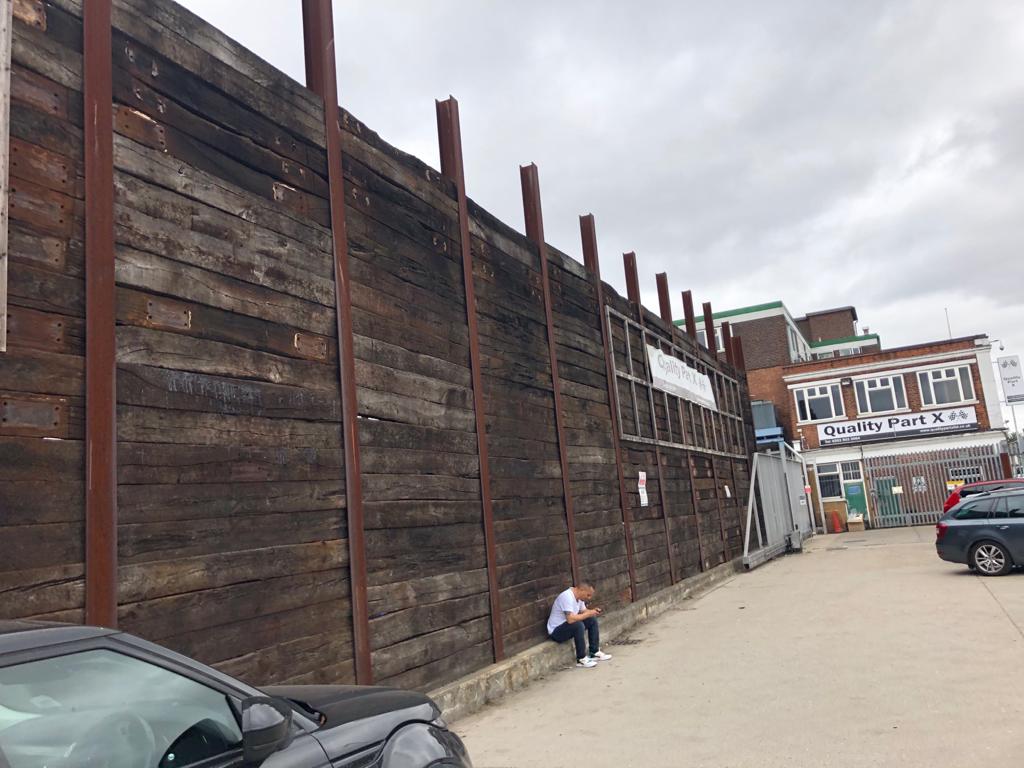
*What does RSJ and the other abbreviations mean? SEE BELOW!
*How do you build a WALL with steel RSJ or I-beams and Railway Sleepers? SEE BELOW!
*What size or thickness of steel RSJ or I-beams do I need? SEE BELOW!
*Where do you BUY steel RSJs? SEE BELOW!
*Pros and Cons of using steel RSJs with Railway Sleepers? SEE BELOW!
*Which type of railway sleeper should I use? SEE BELOW!
*Examples of projects using steel beams and railway sleepers. SEE BELOW!
What does RSJ and the other abbreviations mean?
RSJ = Rolled Steel Joist. A common type of beam used for structural steelwork.
I-beam or H-beam = the actual shape or profile of the steel beam, i.e. the cross section looks like an 'I' or an 'H'.
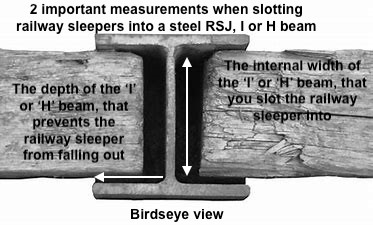 How do you build a wall with steel RSJ or I-beams & railway sleepers?
How do you build a wall with steel RSJ or I-beams & railway sleepers?
Constructing a wall out of steel RSJs and railway sleepers is pretty straightforward, once you've got the steel beams AND the railway sleepers. DON'T BE TEMPTED to concrete in the steel beams until you've received & measured the railway sleepers and worked out the correct spacing sizes. Otherwise you may find they don't fit, which is going to be a real pain!
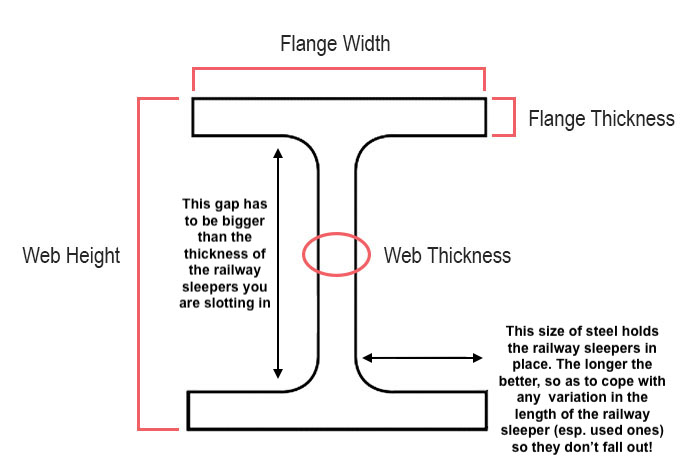 1) Measure the length of all the railway sleepers, and calculate how far apart the steel RSJs need to be. You need to take into account the different size variations, especially if you are using reclaimed railway sleepers, as they are more irregular, e.g. if a railway sleeper is described as 2.6m x 250mm x 150mm (approx), then possibly the 2.6m may be 1.58m or 2.62m. This will effect the distance required between the steel beams, when you concrete them in, and thus the ease of sliding the railway sleepers into the RSJs. That's why we urge you to measure the railway sleepers BEFORE you fix the RSJs! Likewise the 150mm thickness could actually be 140mm or 160mm, so allow for tollerance when you order the size of your steels. Nothing worse than a railway sleeper that is jammed half way through the sliding in process, or one that falls out or has to be painstakingly trimmed to length.
1) Measure the length of all the railway sleepers, and calculate how far apart the steel RSJs need to be. You need to take into account the different size variations, especially if you are using reclaimed railway sleepers, as they are more irregular, e.g. if a railway sleeper is described as 2.6m x 250mm x 150mm (approx), then possibly the 2.6m may be 1.58m or 2.62m. This will effect the distance required between the steel beams, when you concrete them in, and thus the ease of sliding the railway sleepers into the RSJs. That's why we urge you to measure the railway sleepers BEFORE you fix the RSJs! Likewise the 150mm thickness could actually be 140mm or 160mm, so allow for tollerance when you order the size of your steels. Nothing worse than a railway sleeper that is jammed half way through the sliding in process, or one that falls out or has to be painstakingly trimmed to length.
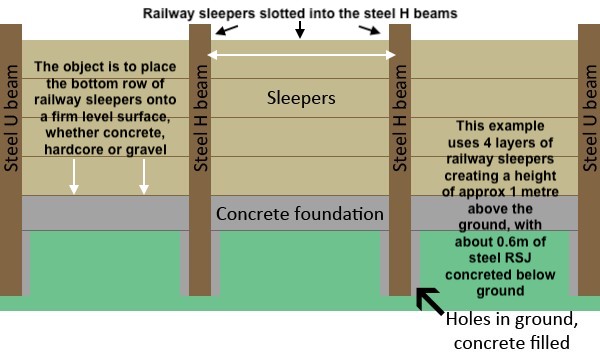 2) Mark out the position of the holes in the ground, using a string line and stakes, and dig to the required depth. There isn't a depth calculation that fits all scenarios, as there are many variables, e.g. a) the height of the wall, b) the weight & pressure of the earth or marerial the wall is holding back, c) the structure or firmness of the ground you are digging the hole into (sandy, rock, clay etc..). As a very rough rule, some landscapers work on a calculation of at least half the height of the wall being used to determine the depth of the hole. e.g. a 1m wall will have the RSJs sunk in at least 0.5m into the ground. Other landscapers and structural engineers may err on the side of caution, and sink the steels in as deep as the wall is high. e.g. a 1m wall will have the RSJs sunk in at least 1m into the ground. Therefore, half of the steel beam will be underground, and half will be above. Our advice would be to sink them into the ground as deep as possible, and if the wall is holding back a substantial weight, then maybe take advice from a structural engineer. NB. BE CAUTIOUS about how many steel beams you concrete in at a time, so as to avoid the risk of getting the spaces wrong, as you discover some of the railway sleepers are longer or shorter.
2) Mark out the position of the holes in the ground, using a string line and stakes, and dig to the required depth. There isn't a depth calculation that fits all scenarios, as there are many variables, e.g. a) the height of the wall, b) the weight & pressure of the earth or marerial the wall is holding back, c) the structure or firmness of the ground you are digging the hole into (sandy, rock, clay etc..). As a very rough rule, some landscapers work on a calculation of at least half the height of the wall being used to determine the depth of the hole. e.g. a 1m wall will have the RSJs sunk in at least 0.5m into the ground. Other landscapers and structural engineers may err on the side of caution, and sink the steels in as deep as the wall is high. e.g. a 1m wall will have the RSJs sunk in at least 1m into the ground. Therefore, half of the steel beam will be underground, and half will be above. Our advice would be to sink them into the ground as deep as possible, and if the wall is holding back a substantial weight, then maybe take advice from a structural engineer. NB. BE CAUTIOUS about how many steel beams you concrete in at a time, so as to avoid the risk of getting the spaces wrong, as you discover some of the railway sleepers are longer or shorter.
3) Lower the steel RSJ into the hole, ensure it is exactly vertically positioned using tape and spirit level and then backfill with a dry concrete mix, that you can ram down around the steel beam untill the RSJ is rigid. The advantage of a dry cement mix is that whilst positioning the beams, you can take them out and re-position them without getting wet concrete everywhere. If the ground is damp, the concrete will gradually soak up moisture and set without having to add water. If not, simply use a watering can or hose.
4) If you are chosing to place the slotted railway sleepers onto a base of concrete, hardcore or gravel, then you need to prepare this first by digging a shallow trench between the steel beams and filling it with your base material. So saying, there are people who chose not to do this, and simply slot the sleeper onto soil or grass etc...
 5) Slotting railway sleepers into the sections of the steel beams is simple on paper, but heavy in practice. Take care of your back and fingers, and use sufficient lifting power, whether enthusiastic helpers or willing machines. The thickness of the railway sleeper has to be less than the width of the steel beam, otherwise it won't slot in. However IF there is a large gap behind the railway sleeper, after you have slotted it in, some people chose to knock in wooden wedges to keep the railway sleeper tight up against the front face of the RSJ. There again, others accept that that weight and pressure of the soil or material you are holding back, will naturally push the railway sleeper forward and hold it in place against the steel beam, and don't bother! Your choice.
5) Slotting railway sleepers into the sections of the steel beams is simple on paper, but heavy in practice. Take care of your back and fingers, and use sufficient lifting power, whether enthusiastic helpers or willing machines. The thickness of the railway sleeper has to be less than the width of the steel beam, otherwise it won't slot in. However IF there is a large gap behind the railway sleeper, after you have slotted it in, some people chose to knock in wooden wedges to keep the railway sleeper tight up against the front face of the RSJ. There again, others accept that that weight and pressure of the soil or material you are holding back, will naturally push the railway sleeper forward and hold it in place against the steel beam, and don't bother! Your choice.
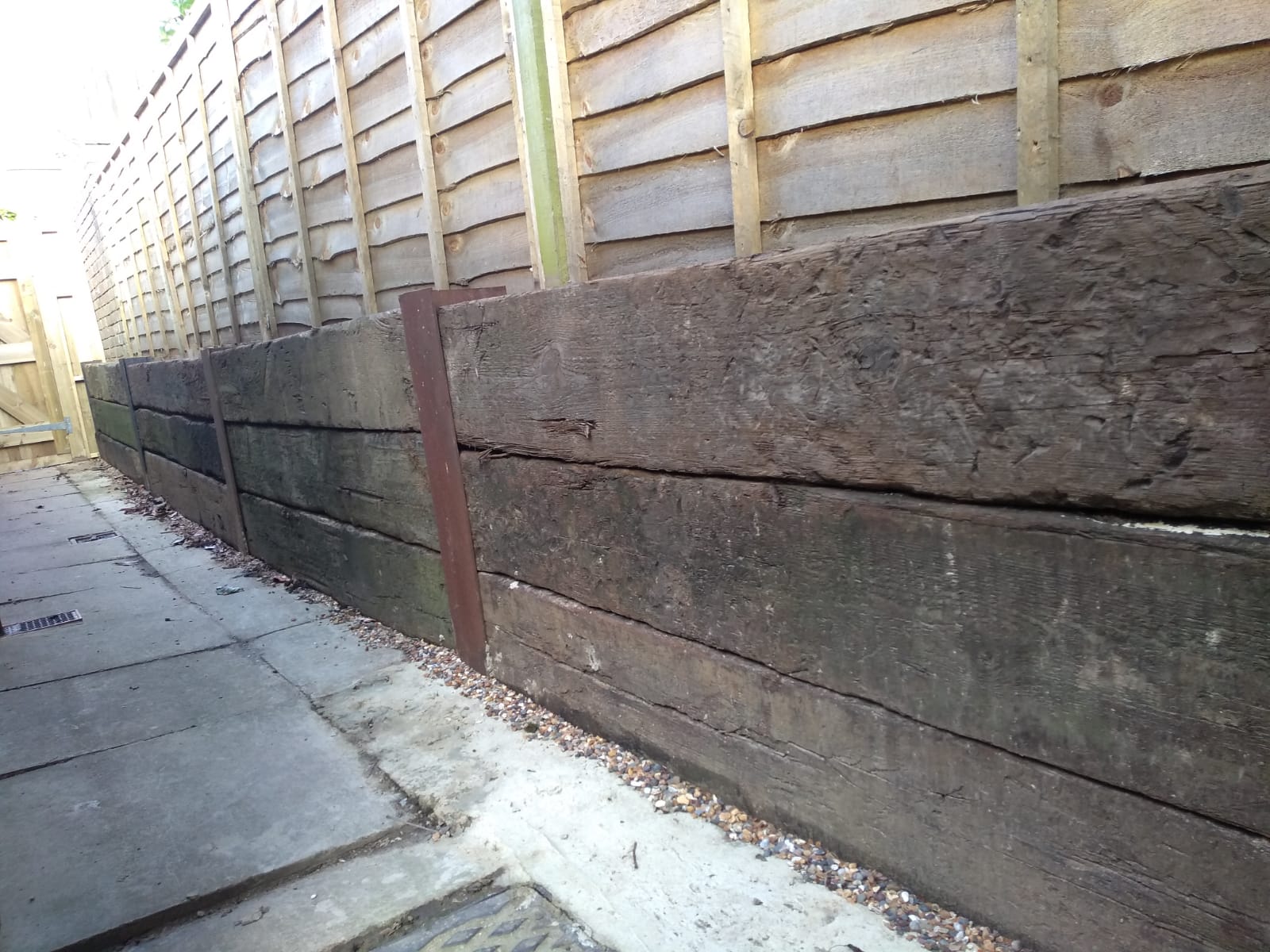
6) Some landscapers chose to fix a plastic sheet or membrane on the inside of the railway sleepers, to create a barrier between the wet soil and the railway sleeper. Normally they use a thick heavy-duty plastic that won't degrade in the soil, like a builder's damp proof membrane (DPC), that you can get in any DIY shop or builders merchants. If you go down this route, be careful that water isn't trapped between the plastic and the railway sleeper, that may create a humid, rotting environment. Nice!
What size or thickness of steel RSJ or I-beam do I need?
.jpg) Ultimately it is the height of the wall, the force of what it is holding back, and the thickness and length of the railway sleeper that will determine the different dimensions of the RSJ that you require. The maximum height of a RSJ constructed wall is determined by the height and strength of the RSJs. The photo opposite shows a guy happily sitting underneath a 5.5m high RSJ railway sleeper wall, seemingly confident he's going to survive his lunchbreak and meet his girlfriend later. On the website we have many project examples with pictures of RSJ supported walls. Some are at least 3.5m high:
Ultimately it is the height of the wall, the force of what it is holding back, and the thickness and length of the railway sleeper that will determine the different dimensions of the RSJ that you require. The maximum height of a RSJ constructed wall is determined by the height and strength of the RSJs. The photo opposite shows a guy happily sitting underneath a 5.5m high RSJ railway sleeper wall, seemingly confident he's going to survive his lunchbreak and meet his girlfriend later. On the website we have many project examples with pictures of RSJ supported walls. Some are at least 3.5m high:
http://www.railwaysleepers.com/projects/retaining-walls-with-railway-sleepers/rsjs-steel-h-beams-railway-sleeper-walls
So, the mm thickness of a steel beam can vary, as can the individual dimensions of the web and flange, according to the circustances of your project and the size of the railway sleepers you are using. Many of the named steel suppliers below can help you calculate the size of your steel beam depending on the size of your wall and railway sleepers.
Where can you BUY steel RSJ or I-beams?
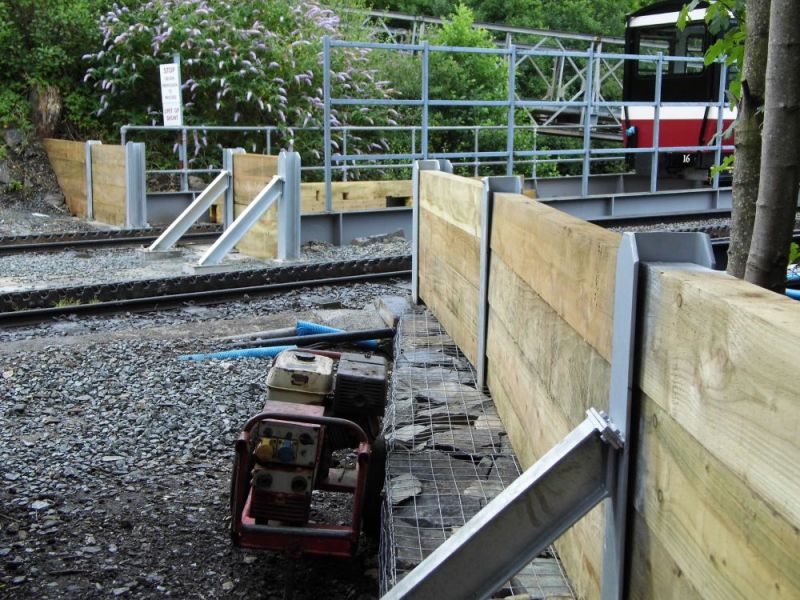 We supply thousands of hardwood & softwood railway sleepers, but we don't supply RSJ or I-beams. They are readily available from hundreds of steel fabrication companies. Try a search on Google under RSJ, I-beam, steel lintels, universal beams or steel fabricators. Here are some companies that we know supply them:
We supply thousands of hardwood & softwood railway sleepers, but we don't supply RSJ or I-beams. They are readily available from hundreds of steel fabrication companies. Try a search on Google under RSJ, I-beam, steel lintels, universal beams or steel fabricators. Here are some companies that we know supply them:
Steel Beam Suppliers. 0208 8424855.
http://www.steelbeamsuppliers.co.uk/products/universal-beams/
Steel Beams Direct. 01202 914004.
www.steelbeamsdirect.com/retaining-sleeper-walls-rsj-steel-beams-online/
Newark Steel Ltd. Tel: 01636 677131.
https://www.barrettsteel.com/depot-network/divisions/newark-steel-ltd/
Nottingham Steel.Tel: 0115 9404949.
www.nottinghamsteel.co.uk
B M Steel. Nottingham 0115 9701171 (various depots).
www.bmsteel.co.uk
Pros and Cons of using steel RSJ or I-beams with railway sleepers?
 PROS:
PROS:
1) Very easy to construct with. Simply concrete beams into ground and slot in railway sleepers. (Similar to building a fence with concrete slotted fence posts)
2) Very strong & longlasting, epecially with high walls. RSJs are often used to shore up rivers & pontoons.
3) Easy removal of railway sleepers. They can be easily replaced in the future.
4) Very rigid. RSJs help to prevent the railway sleeper wall from twisting, warping or buckling.
5) Good for the planet. RSJs are made from 100% recyclable steel.
CONS:
1) Expensive to buy. Steel RSJ and I beams can make a hole in your budget.
2) Heavy to lift and install. You'll need sufficient people or lifting equipment
3) They can rust and discolour over the years.
4) They can look industrial or factory-like. This can stand out in a natural looking garden or patio.
What type of railway sleeper should I use with RSJ or I-beams?
 There is a wide choice of railway sleepers, so you've got some great different options when building a wall with steel RSJs. Take a look at the WHAT RAILWAY SLEEPERS ARE BEST? page link. Things to take into consideration are:
There is a wide choice of railway sleepers, so you've got some great different options when building a wall with steel RSJs. Take a look at the WHAT RAILWAY SLEEPERS ARE BEST? page link. Things to take into consideration are:
What kind of railway sleeper 'look' do you want? Are you drawn to a new modern looking finish, or an old, weathered rustic look? In that case, either new oak or new pine railway sleepers, or used oak or used Azobe or tropical hardwood railway sleepers.
How long do you need the railway sleepers to last? If you only need it to last 5-10 years before you replace them, then new pine railway sleepers will be perfect. If you want them to be really strong and survive longer than that, then new or used hardwood oak railway sleepers should fit the bill. But if you want them to potentially outlast you, and bequeathe them in your will as a valuable inheritance to your bemused & unimpressed children, then the used tropical hardwood railway sleepers (Azobe, Jarrah etc..) will be the ones to chose. Tough, durable & bullet proof.
Is creosote treatment ok? In many retaining wall settings, creosote treated railway sleepers will be absolutely fine, however it is generally advisable to avoid creosote treated railway sleepers in situations where there may be frequent skin contact with children or their clothes, e.g. a play area, nursery or school etc... So, where does that leave you? What kind of non-creosoted sleepers could you then use? You can choose between new British pine railway sleepers (that are eco-friendly green treated), new untreated oak railway sleepers, and untreated used tropical hardwood railway sleepers. (Azobe, Jarrah etc..). If you want to know more about creosote, and understand any potential issues with using creosote treated railway sleepers, visit our CREOSOTE and TREATMENT page.
Examples of projects using RSJ or I-beams & railway sleepers
.jpg) HAVE A LOOK at some of the projects on the website where steel RSJ or I-beams have been used with railway sleepers to create walls. It is a fantastic resource that will fill your head with wonderful dreams and ideas about using steel beams and railway sleepers! PROJECTS WITH RAILWAY SLEEPERS & STEEL I-BEAMS/RSJs
HAVE A LOOK at some of the projects on the website where steel RSJ or I-beams have been used with railway sleepers to create walls. It is a fantastic resource that will fill your head with wonderful dreams and ideas about using steel beams and railway sleepers! PROJECTS WITH RAILWAY SLEEPERS & STEEL I-BEAMS/RSJs
Alternatively, have a look at:
RSJ walls
Botree retaining walls
Melton Building Supplies
Horse Menage
Compost bays
Warehouse walls
Richard's garden wall
Chester Zoo
If you can't find the kind of RSJ and I-beam railway sleeper project you are looking for, or you'd like some advice, then give us a ring: 0115 9890445
VOTE OF CONFIDENCE!
Please help us spread the word! If you've found our website helpful or inspiring please leave feedback or 'Like us' on Facebook, Instagram or Twitter. A simple way of letting people know "This is a really useful website!" Thanks



BUY ONLINE or
RING DIRECT

0115 9890445
enquiries@railwaysleepers.com
WHICH
RAILWAY SLEEPERS ARE
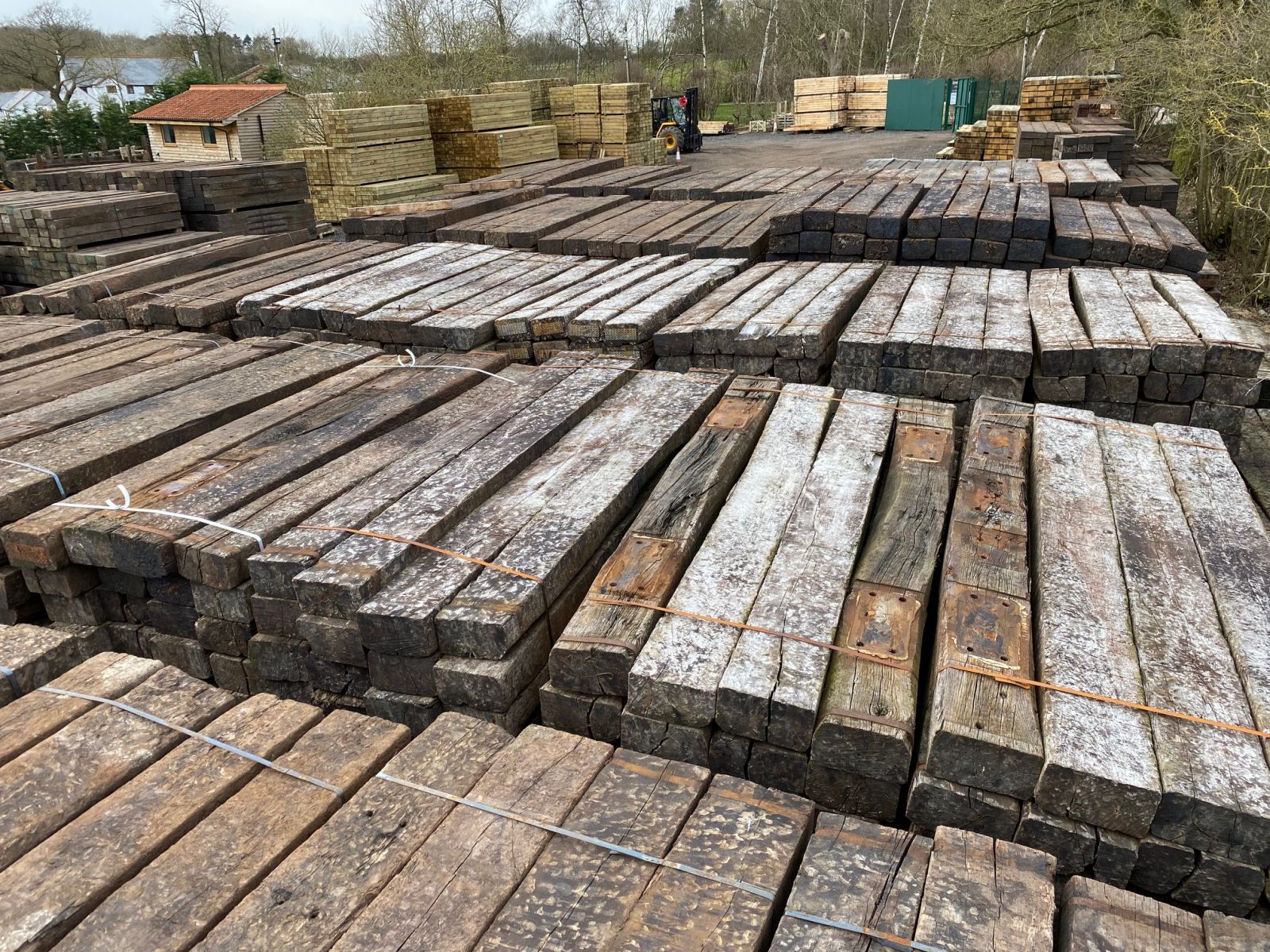
THE BEST?
JUST A CLICK CLICK CLICK AWAY
INSPIRATION?
NEED IDEAS?
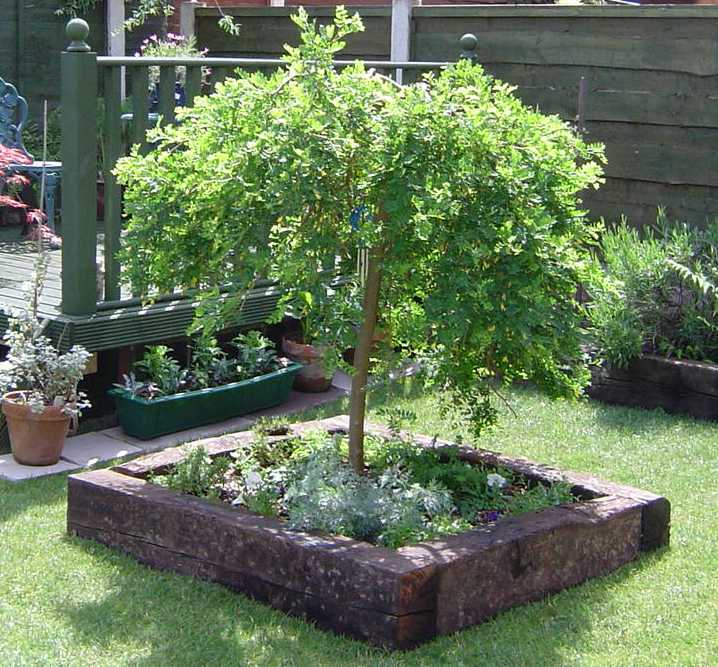
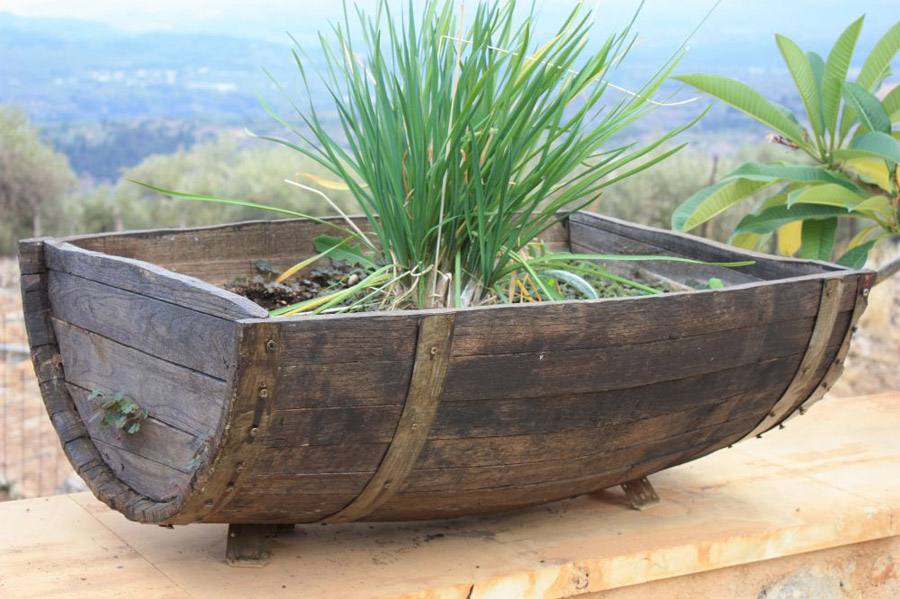
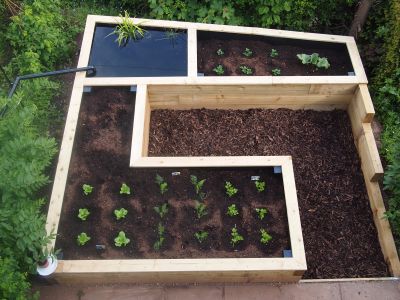
CLICK for the WORLD'S
LARGEST COLLECTION of
RAILWAY SLEEPER PROJECTS
SHARE
your project and creation
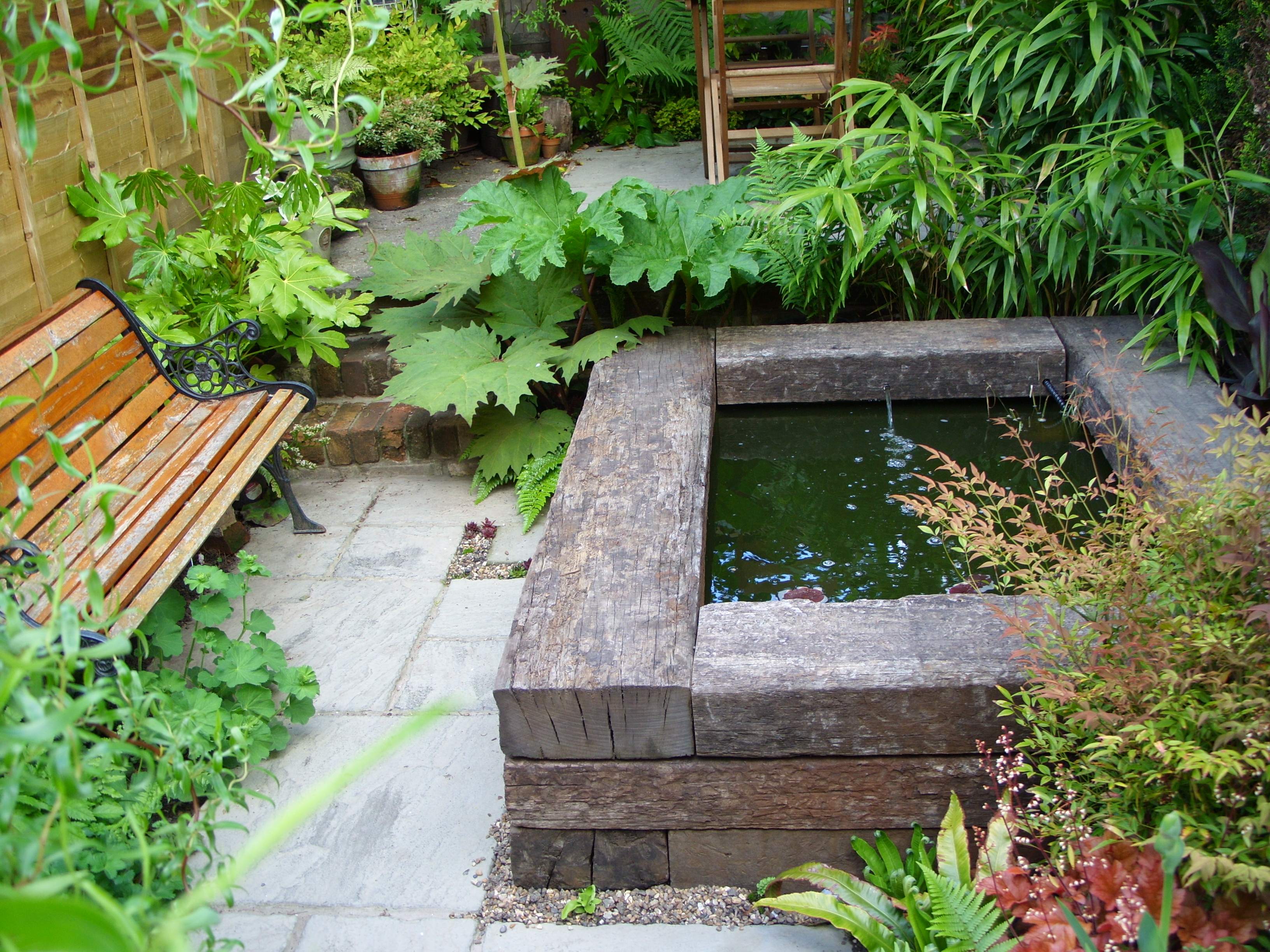
SEND your PHOTOS to
enquiries@railwaysleepers.com
or WhatsApp 07816 959310
CONFUSED?
Need some advice?
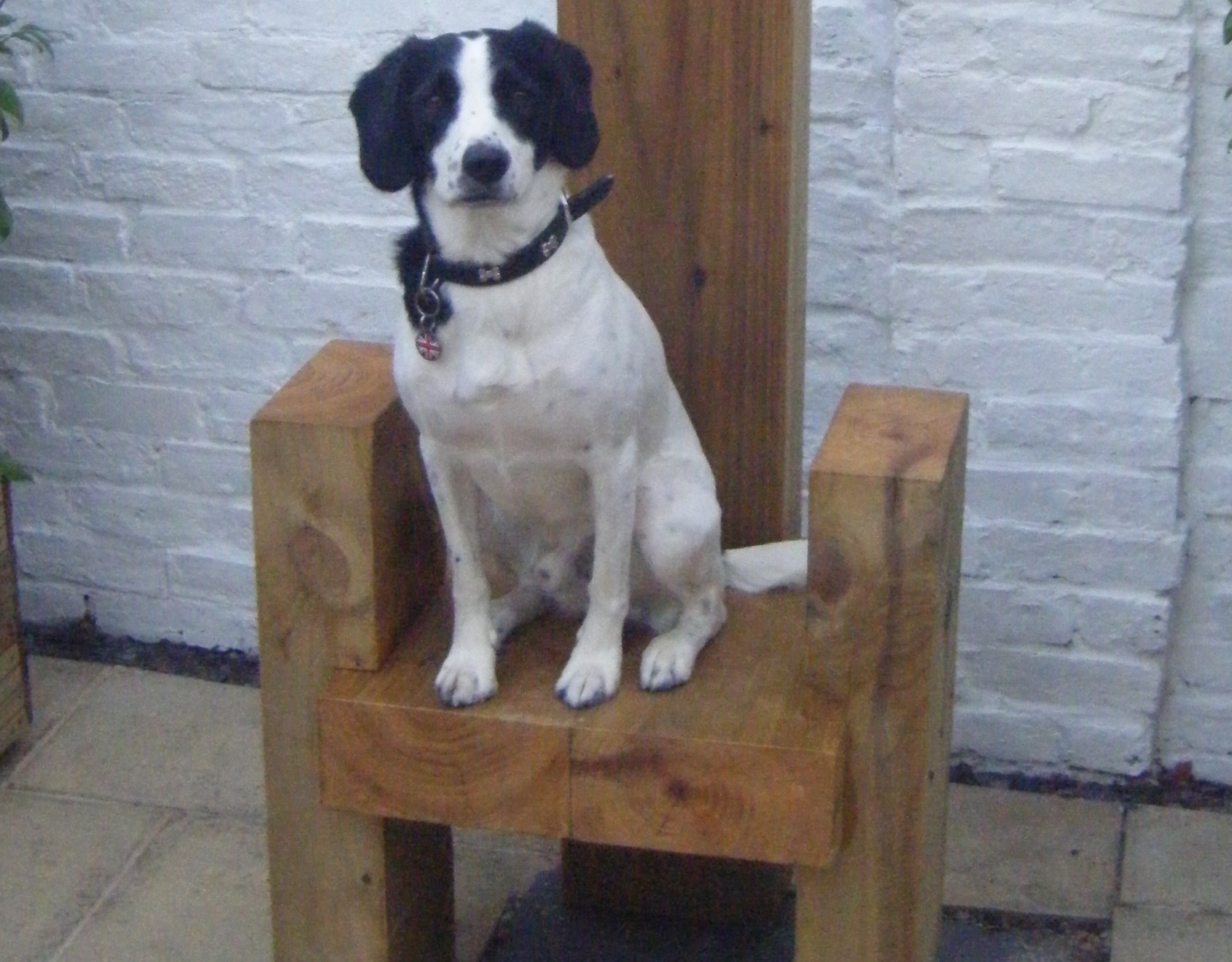
CONTACT US & we'll help you
work out what items you need.
0115 9890445


